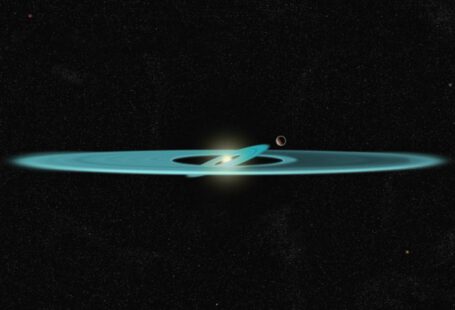Abraham Lincoln, the 16th President of the United States, was tragically assassinated on April 14, 1865, just days after the Confederate surrender that effectively ended the American Civil War. This shocking event has captivated historians and conspiracy theorists alike for over a century. Many theories have emerged over the years, each claiming to provide the ultimate answer to the question: Who assassinated Lincoln?
John Wilkes Booth: The Infamous Assassin
The most widely accepted theory points to John Wilkes Booth as the man responsible for Lincoln’s assassination. Booth, a well-known actor and Confederate sympathizer, shot Lincoln at Ford’s Theatre in Washington, D.C., while the President was attending a play. Booth’s motive stemmed from his staunch support for the Confederacy and his deep-seated anger towards Lincoln for his role in the Union’s victory.
Booth’s escape and subsequent capture only added to the intrigue surrounding the assassination. After shooting Lincoln, Booth managed to flee the scene and evade capture for twelve days. He was eventually found hiding in a barn and shot by Union soldiers. Booth’s death prevented him from revealing any potential co-conspirators, leaving many to wonder if he acted alone.
The Conspiracy Theories
While the official account suggests that Booth acted alone, numerous conspiracy theories have emerged over the years, offering alternative explanations for Lincoln’s assassination.
One theory suggests that the Confederate government was involved in a broader plot to kill Lincoln. According to this theory, high-ranking Confederate officials, including Jefferson Davis, sought revenge for the Union’s victory and conspired to assassinate Lincoln. The evidence supporting this theory is largely circumstantial, and no concrete proof linking the Confederate government to the assassination has ever been found.
Another conspiracy theory points to a secret society known as the Knights of the Golden Circle. This group, composed of pro-slavery individuals, allegedly sought to establish a new Confederate nation. Some believe that members of this society played a role in Lincoln’s assassination, driven by their desire to halt the Union’s progress and restore the Confederacy. However, like the Confederate government theory, concrete evidence linking the Knights of the Golden Circle to the assassination remains elusive.
The Missing Pieces
Despite the countless theories and speculations, many aspects of Lincoln’s assassination remain shrouded in mystery. One particularly intriguing question is the possible involvement of foreign governments. Some theorists suggest that British or French agents may have played a part in the assassination, motivated by their desire to weaken the United States and regain influence in North America. However, no solid evidence has ever been uncovered to support these claims.
Additionally, the potential involvement of other individuals in the planning and execution of the assassination continues to raise eyebrows. While Booth is widely regarded as the main perpetrator, some believe that others may have been involved in the conspiracy. These alleged co-conspirators could have included Confederate sympathizers, disillusioned Union soldiers, or even members of a secret society. However, due to Booth’s death and the lack of substantial evidence, the identities of any potential co-conspirators remain unknown.
Conclusion: A Mystery Unsolved
The question of who assassinated Lincoln may never be definitively answered. While John Wilkes Booth is widely accepted as the assassin, the possibility of a broader conspiracy continues to capture the imagination of researchers and historians. The unresolved nature of the case only adds to its allure, fueling ongoing investigations and speculation. Ultimately, the answer to this historical mystery may forever remain elusive, leaving us with only fragments of the truth and a sense of intrigue that continues to captivate us to this day.





